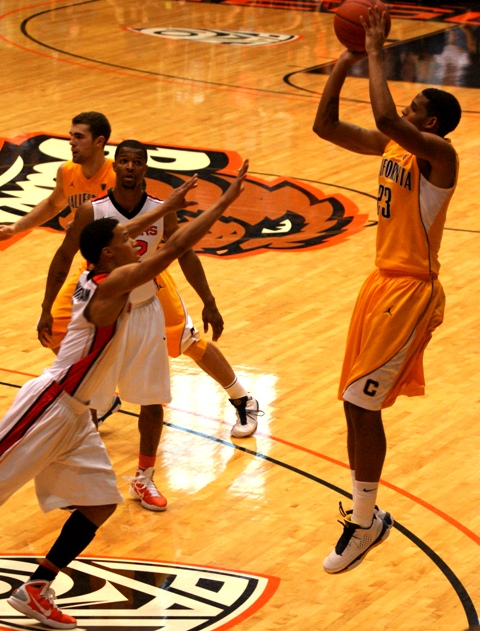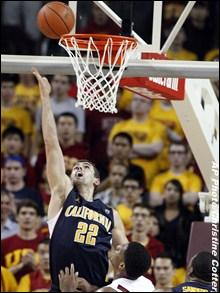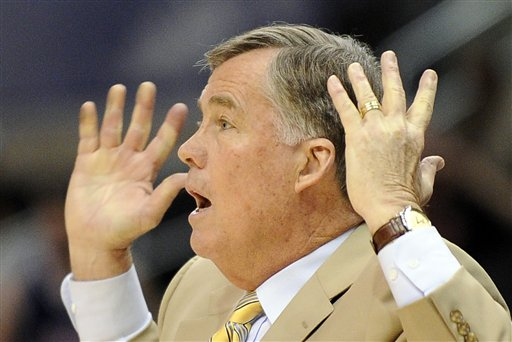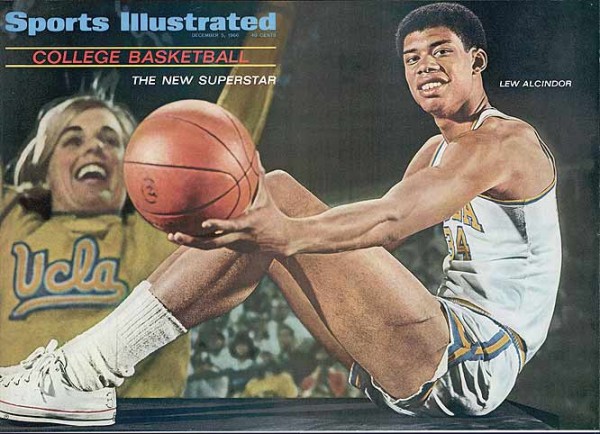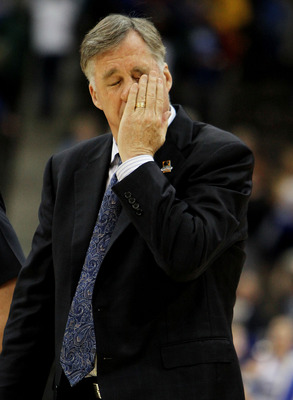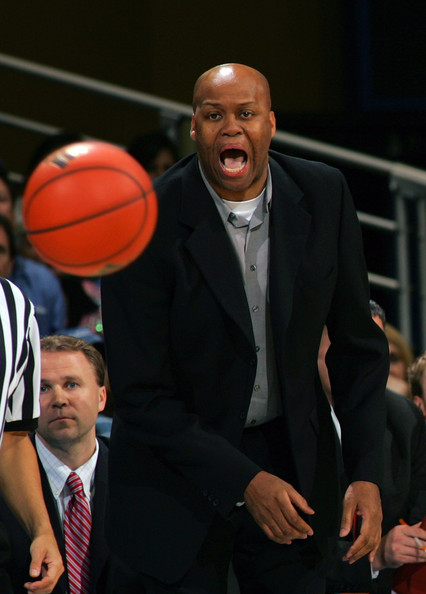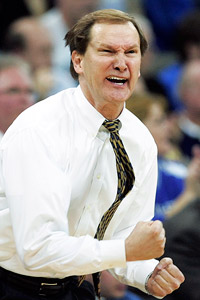California Week: What To Expect In 2012-13
Posted by Connor Pelton on June 22nd, 2012After a week’s worth of breaking down the Golden Bears, it is time to give a way-too-early preview as to their chances in 2012-13. With five newcomers, three of whom are expected to play very big roles, and five returnees who will carry an even bigger load than they did last season, there are plenty of questions whose answers will remain unknown until we get a chance to see this team in action. But, that doesn’t mean we can’t make predictions. Simulating basketball in our minds is the closest we’re going to get to the real thing until late October, so here we go.
Cal’s Leading Scorer – Allen Crabbe. The one-two punch of Crabbe and Justin Cobbs will have opposing defenses scrambling all night long. Cobbs can definitely score the ball, but the Bears are better with him distributing. With Cobbs dropping dimes to Crabbe, sharpshooting transfer Ricky Kreklow, and incoming freshman Tyrone Wallace, defenses will eventually be so preoccupied with the trio of shooting guards that they forget about the point guard. That’s when he can make his move. Similar to last season, this will be a team with balanced scoring. Crabbe, Cobbs, Kreklow, Kravish, and Solomon could all be averaging 8+ PPG by season’s end.
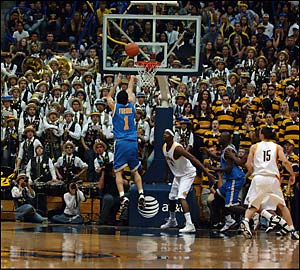
The Potential On This Year’s Roster Should Have Cal Fans Packing Haas Pavilion On A Regular Basis, Like On This Unknown Night When Jordan Farmar Is Attempting To Convert A Jumper Into The Teeth Of The Straw Hat Band. (credit: Arun Nevader)
Cal’s MVP – Justin Cobbs. Just as Cobbs could very well win the scoring title, Crabbe could very well be the team MVP. But we already named Crabbe as the leading scorer, and taking two titles is just plain selfish. If Cobbs can find that balance we were talking about above of taking only good shots and always looking to pass first, he will be by far the most important part of coach Mike Montgomery’ s offense. And as we all know, defense may win championships, but good offense wins MVP awards.





























